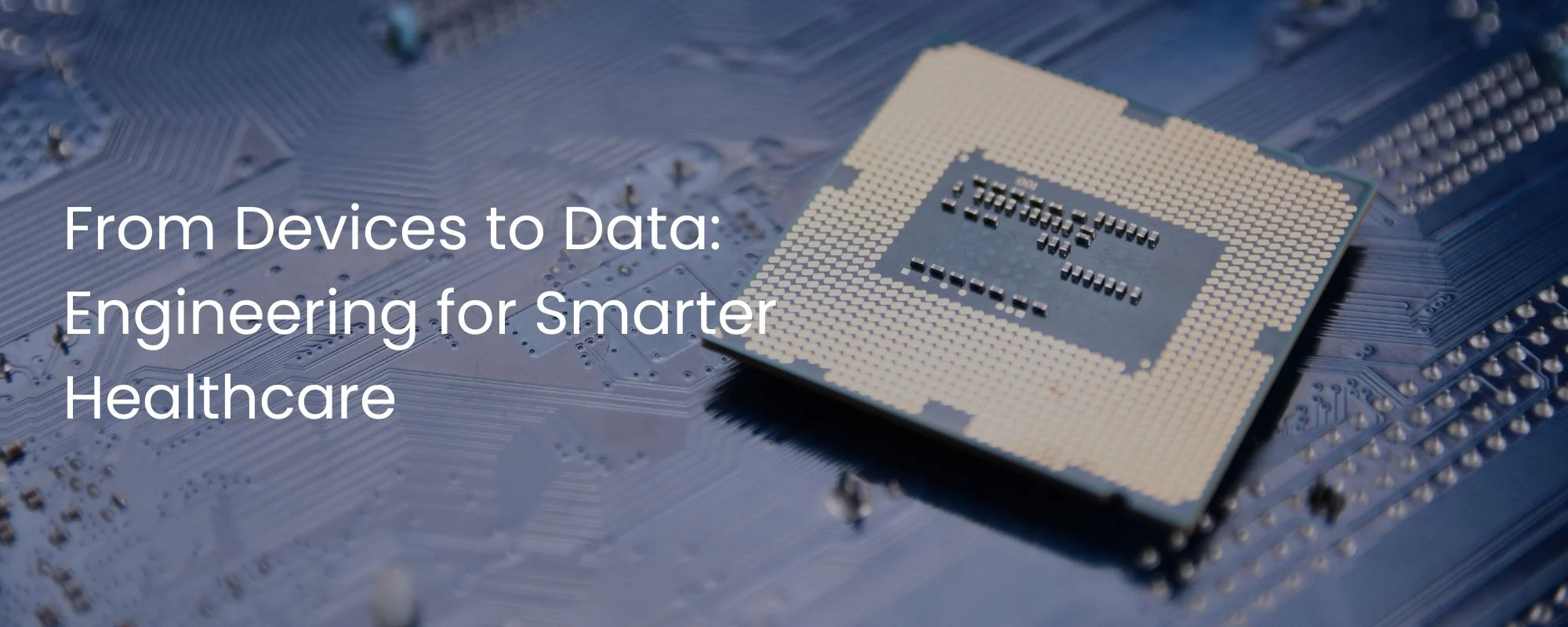
In the semiconductor world, reliability is everything. Whether it’s a chip powering an electric vehicle, a medical device, or a cloud data center, the smallest flaw in design or logic can lead to massive performance issues, safety concerns, or costly recalls. That’s where Verification and Validation (V&V) come into play forming the cornerstone of chip design excellence and ensuring products perform flawlessly in the real world.
At its core, Verification answers the question: “Are we building the product right?”
And Validation ensures: “Are we building the right product?”
Verification focuses on checking whether the design accurately implements all specified functionalities ensuring every module, interface, and signal behaves as intended. Validation, on the other hand, ensures the end product meets its intended use cases and performance expectations in real-world environments.
Together, they provide a structured approach to identifying and eliminating design defects early in the development lifecycle long before silicon hits production.
Modern System-on-Chips (SoCs) integrate billions of transistors, multiple processors, AI accelerators, and heterogeneous IP blocks. With this complexity, traditional testing alone is insufficient. Each subsystem must be rigorously verified and validated across multiple abstraction levels from RTL simulation to emulation, FPGA prototyping, and post-silicon validation.
Moreover, chips today must meet stringent requirements around power efficiency, safety, interoperability, and security, especially in domains like automotive and industrial systems where reliability is non-negotiable.
This is the most intensive stage, ensuring that every design feature works as intended. Techniques include simulation-based verification, coverage analysis, and formal verification to exhaustively test logic correctness.
Here, teams evaluate how multiple IPs and subsystems interact in an integrated environment. Using hardware emulators or virtual platforms, engineers assess performance bottlenecks, interface issues, and timing accuracy.
As chips become increasingly software-driven, verifying the hardware alongside firmware and drivers ensures early integration and smooth bring-up post-silicon.
Once silicon is fabricated, it undergoes extensive testing under real workloads and environmental conditions. This stage confirms the design meets performance, thermal, and power targets and validates it against safety standards such as ISO 26262 for automotive systems.
Verification has evolved into a data-driven, automated discipline. Some of the advanced approaches shaping this evolution include:
A reliable chip is not just one that works it’s one that works consistently and safely under every possible operating condition.
Verification ensures functional correctness, while validation guarantees system-level reliability, safety, and performance. A robust V&V process helps:
In industries like automotive, aerospace, and healthcare, where chips control mission-critical systems, reliability isn’t optional it’s mandatory.
At Spanidea, we bring deep domain expertise across the entire V&V lifecycle, supporting clients from RTL design verification to post-silicon validation. Our teams are proficient in industry-standard methodologies such as UVM, OVM, and formal verification, leveraging state-of-the-art tools and automated test environments.
We collaborate with leading semiconductor and product companies to build high-quality, safety-compliant chips that meet the demands of next-generation devices from automotive ECUs and networking ASICs to AI accelerators and IoT SoCs.
Our focus is on zero-defect delivery, accelerated verification closure, and sustainable design assurance that aligns with customer timelines and quality goals.
Verification and Validation are no longer optional phases of semiconductor development they are the foundation of trust, quality, and innovation. As chip complexity continues to grow, the need for rigorous V&V frameworks becomes even more critical.
By embedding intelligence, automation, and domain knowledge into the verification process, Spanidea is helping global customers design the next generation of reliable, high-performance silicon solutions that power our connected future.